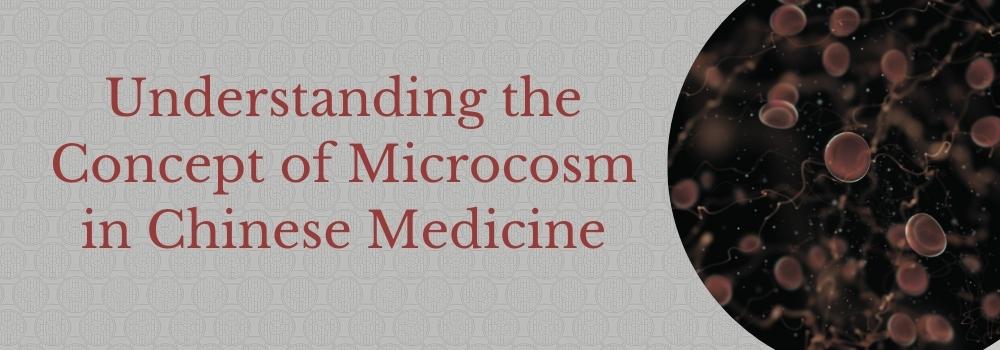Chinese Face Mapping: An Ancient Practice for Assessing Health

Unlocking the Secrets of Mien Shiang: Evaluating Health through Facial Analysis
According to ancient Chinese medical wisdom, the condition of our skin mirrors our overall health. Specifically, our face can serve as a valuable map for assessing the well-being of individual organs based on specific facial features. Mien Shiang, an ancient practice, offers profound insights into the body's functioning by analyzing facial appearances. When the vital substances of Traditional Chinese Medicine (TCM) – qi (chi), blood, jin ye (bodily fluids), jing (essence), and shen (spirit) – fall out of balance within the organ systems, they manifest as discoloration, texture anomalies, moisture variations, inflammation, or irritation in distinct areas of the face. Facial inspection is just one of the diagnostic tools employed in TCM, complemented by techniques such as "listening" to the flow of blood in the radial pulses and examining the tongue. (For more information on tongue examination, refer to our comprehensive article on the topic.) TCM also recognizes the soles of the feet, ears, and tongue as "microcosms" of the body, with each organ system represented in miniature form on these body parts.
Understanding the Concept of Microcosm in Chinese Medicine
In Traditional Chinese Medicine, our bodies are viewed as miniature universes. The language used to describe disease imbalances often draws upon observations of the natural world, employing terms like damp, dry, cold, heat, and wind, which also find resonance within the body. Moreover, specific body parts serve as microcosms, reflecting the overall state of the body and providing evidence of imbalances within organ systems.
Exploring the Meridian System
Traditional Chinese Medicine (TCM) predates Western medicine by thousands of years and operates within a distinct, holistic worldview. TCM postulates that our bodies comprise energetic pathways called meridians, through which vital substances flow. Balance in the functioning of each organ system and the proper production and flow of vital substances signify good health. The twelve primary meridians correspond to specific organ systems, offering a TCM perspective that overlaps with and diverges from the Western understanding of organ function. The twelve meridians encompass the Lungs, Large Intestine, Spleen, Stomach, Heart, Small Intestine, Pericardium, Triple Burner, Kidney, and Bladder. These meridians house 361 acupuncture points, where acupuncturists place fine needles in varying depths to restore balance to the body.

Decoding the Facial Map and its Relationship with Organ Systems
The organ systems represented by the meridian system are interconnected energetically and physically throughout the body, forming an internal highway system with smaller byways and roads that traverse the entire body, including the face. Chinese Face Mapping can provide important insights about your health. Breakout patterns create an “acne face map” that can be cross-referenced with the Chinese Face Mapping guide to determine which organ system is at the root of the imbalance.
For example, acne on the forehead may indicate dysfunction in the small intestine or bladder, while acne between the eyebrows can point to liver disharmony (refer to our article on Liver Qi Stagnation) and breakouts on the chin indicate disharmony in the reproductive organs. Lines and discoloration localized to certain areas also provide clues about which organs need to be balanced. Puffiness or darkness under the eyes point to kidney deficiency, while a yellowish complexion relates to spleen deficiency; the Chinese spleen is associated with the color yellow. (For further Chinese medical theory insights on the spleen, refer to our comprehensive article on spleen deficiency.) If problematic areas are widespread or come and go in various locations, you may want to read our article on Gu Syndrome and consider the root causes of complex, inexplicable health concerns.
Key Lessons from Face Mapping
If you frequently experience visible concerns in specific facial areas, it is worth considering the role of organ imbalances. Several options can help restore balance, including seeking the expertise of a skilled acupuncturist, making nutritional choices that support organ function, or using Chinese herbal formulas designed to bolster specific organ systems. By leveraging these options, you can address underlying imbalances that may not be immediately apparent in the mirror, thereby resolving both cosmetic and deeper health concerns.
Be the first to know about new articles and special offers. Follow us on Instagram and Facebook or subscribe to our emails at the bottom of the page.




Leave a comment
This site is protected by hCaptcha and the hCaptcha Privacy Policy and Terms of Service apply.